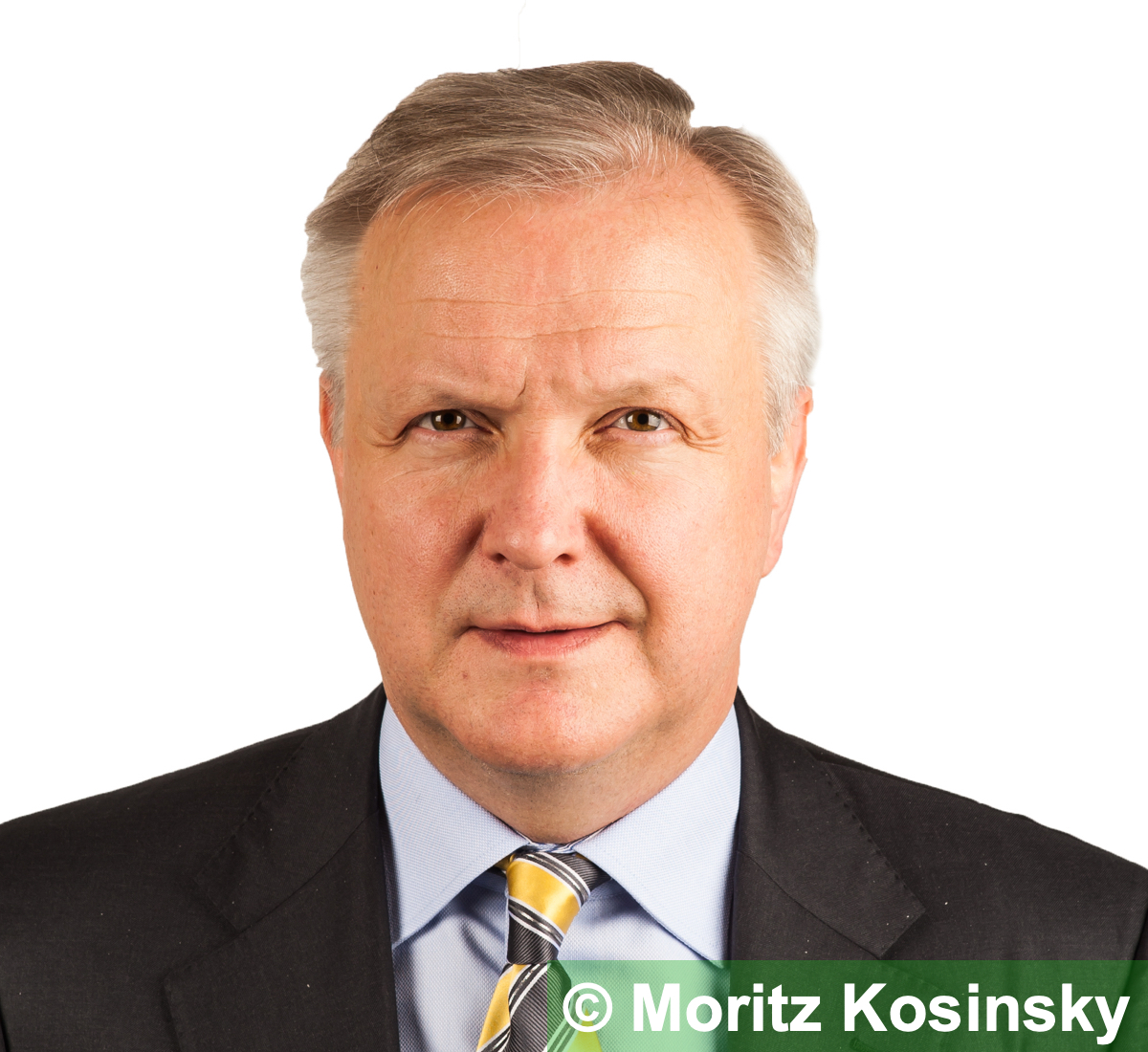ECB’s Rehn: Look Forward to Next Projections for Core HICP and GDP; Must Be Aware of Risk of Undershooting
22 October 2024

By David Barwick – WASHINGTON (Econostream) – European Central Bank Governing Council member Olli Rehn on Tuesday said that he was keenly awaiting the ECB’s December macroeconomic projections and that policymakers had to be aware of the risks of undershooting their target.
During the Q&A following his remarks at the Peterson Institute for International Economics, Rehn, who heads the Bank of Finland, said that setting monetary policy on a meeting-by-meeting, data-dependent basis ‘for me does not mean being dependent on one certain data point’.
Rather, the approach should be considered ‘analysis-dependency’, he said.
With regard to the update of the outlook to take place in December, Rehn said, ‘I’m very much looking forward to see what kind of forecasts we will have for core inflation and economic growth going forward.’
'In the current context, we have to be mindful of' the risks of undershooting the ECB's 2% price stability target, especially as weaker growth prospects are leading to increased disinflationary pressures, he said.
'That’s why I’m very much looking forward' to the next projection exercise 'to facilitate our decision-making in December', he said.
However, he said, he was not yet too concerned about undershooting, given that 'services inflation and wage inflation are clearly above our 2% target.'
'The immediate danger of undershooting is not yet petrified. However, we have to be mindful of that', he said.
‘The growth outlook has recently weakened, and as we are looking at both the inflation outlook and the growth outlook, the balance of risks is that inflation is well on track; meanwhile the growth outlook is subdued, or has weakened’, he said.
‘That is obviously one reason why we decided to cut rates’ last week, he added.
Even after the three rate cuts to date, euro area monetary policy was ‘still in a restrictive territory’, he said.
The real natural rate was generally estimated to be between zero and 1%, he said. ‘We can assume that it is somewhere in that ballpark’, he said.
